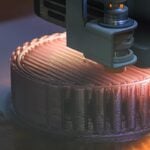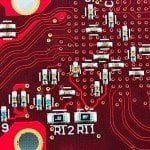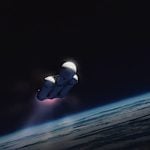NASA’s design engineers and developers are always searching for the highest quality and most cutting-edge materials — necessary to the advancement of space exploration.
Most important for the engineers and designers are new materials that can provide the durability and strength needed to handle the harsh conditions and extreme temperatures they will have to endure out in space.
NASA’s latest material innovation is the humbly named GRX-810 — 1000 times stronger than the leading alloys available today.
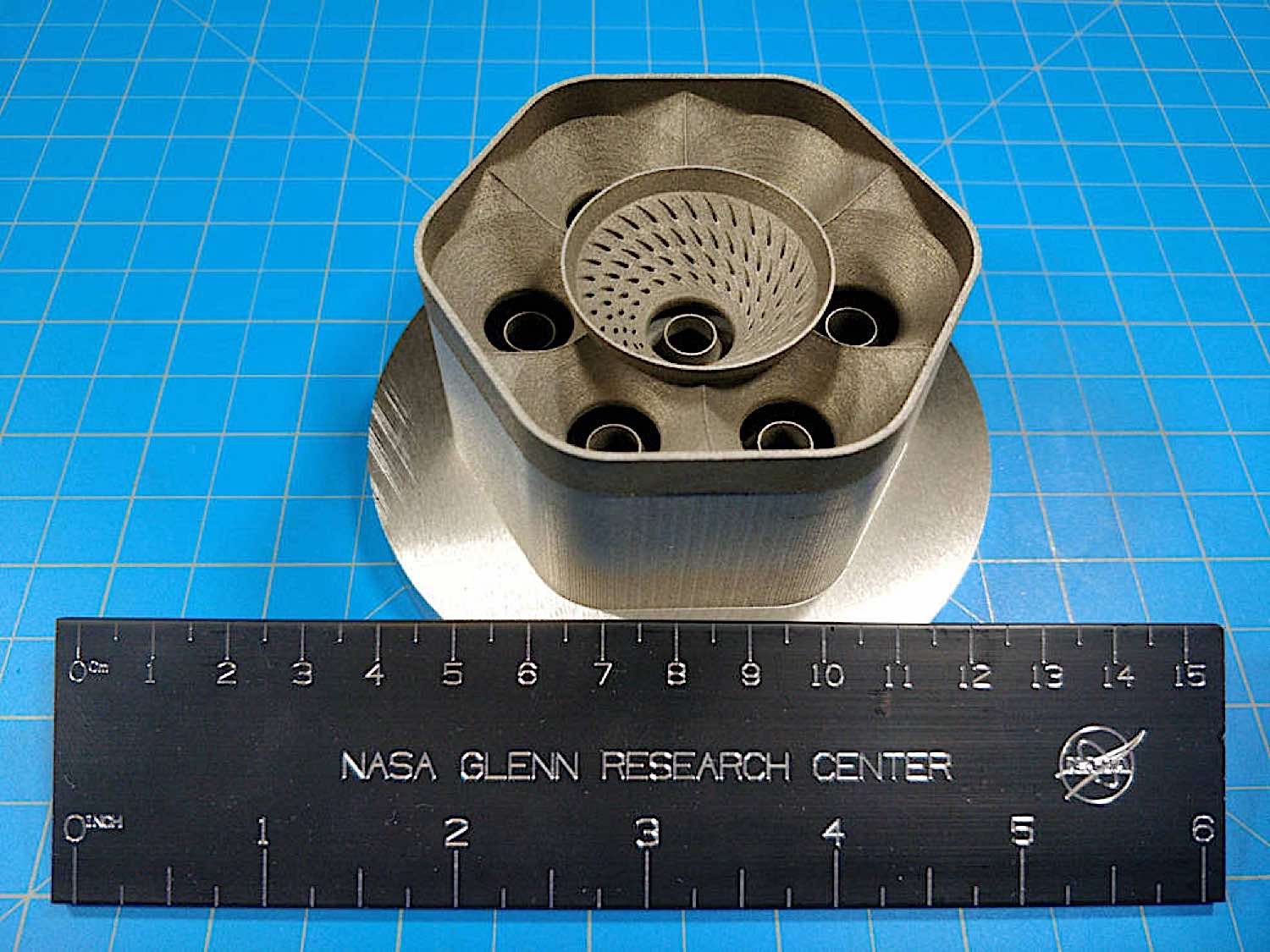
Characteristics of GRX-810
GRX-810 is an oxide dispersion strengthened (ODS) alloy, and it can withstand temperatures above 2,000 degrees Fahrenheit.
Even at this temperature, it is more malleable, three and a half times more stretchy, and 1,000 more durable than existing alloys.
In NASA’s press release [1] to present this new alloy, Dale Hopkins, deputy project manager of NASA’s Transformational Tools and Technologies project, said the following about
GRX-810 “This breakthrough is revolutionary for materials development… Previously, an increase in tensile strength usually lowered a material’s ability to stretch and bend before breaking, which is why our new alloy is remarkable.”
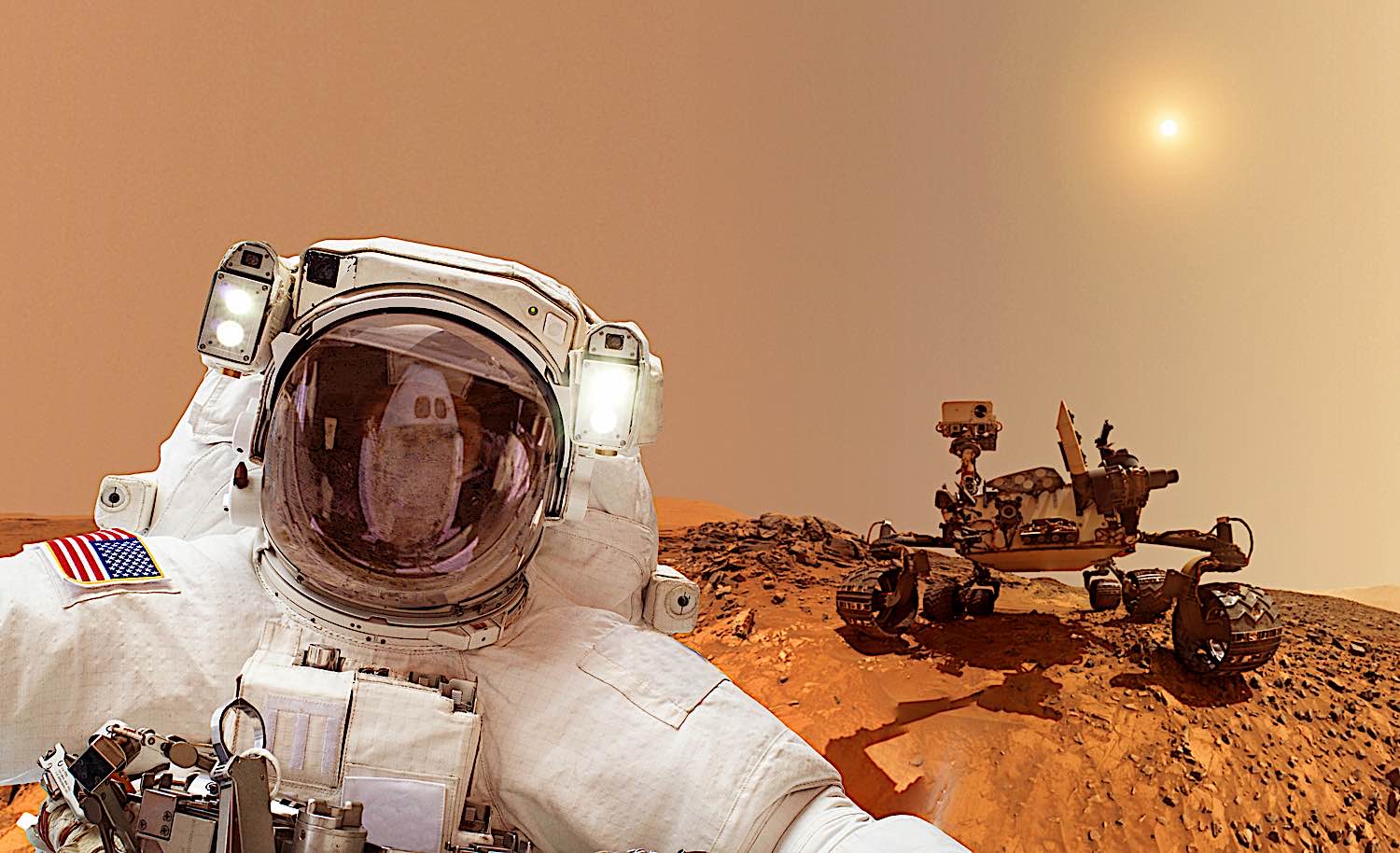
Breakthrough material modeling
The new alloy has been developed using a breakthrough technique; material modeling together with 3D printing.
This discovery process makes it feasible to discover new materials in weeks, whereas previously, material discovery was carried out through the process of trial and error, which could potentially take weeks, months or even years.
The modeling tool tells researchers not only which elements to add into the mix but also how much of each element is needed to obtain the right composition.
This makes the development process much faster and also cheaper.
In the case of this new alloy, the perfect combination of elements to form it was discovered after only 30 simulations.
In the case of GRX-810, the 3D printing tool added nanoscale oxides through the alloy. That perfect combination and uniform distribution of the nanoscales is what provides the alloy with high-temperature resistance, durability, and other properties.

Applications for GRX-810
By being able to endure harsher conditions than other alloys while maintaining its properties, it’s the ideal material for many high-temperature applications, such as inside rocket engines, because it can withstand such extreme conditions.
But it’s not only useful for future space expeditions. This new alloy can prove very useful for power plants and any number of industrial settings where temperature resistance is key.
Its long list of characteristics also makes this alloy perfect for aviation, and it opens up a host of possibilities for new, more fuel-efficient aircraft designs.
As Hopkins stated in the press release, “This breakthrough is revolutionary for materials development. New types of stronger and more lightweight materials play a key role as NASA aims to change the future of flight.”
As technology continues to evolve, it’s likely that we’ll see more and more extraordinary materials like this one, leading the way to even more incredible applications and new possibilities.
Notes
[1] NASA press release: https://www.nasa.gov/feature/glenn/2022/nasa-s-new-material-built-to-withstand-extreme-conditions























